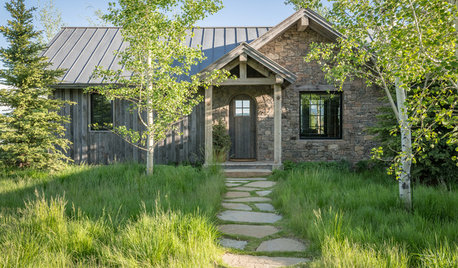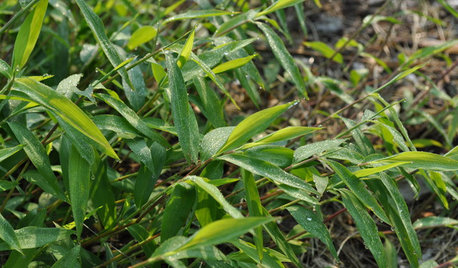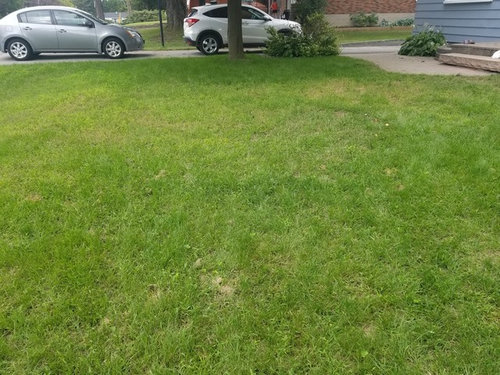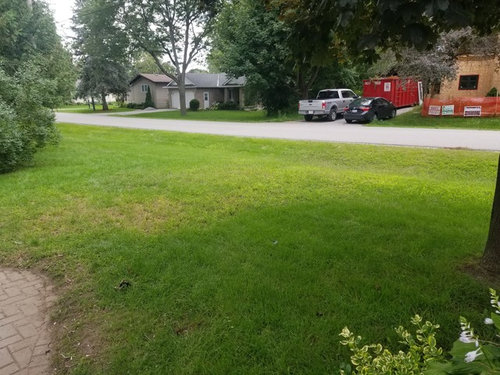Lawn overseeding with weeds! Please Help!
James G
5 years ago
last modified: 5 years ago
Related Stories

EARTH DAYThe Case for Losing the Traditional Lawn
Work less, help the environment and foster connections by just saying no to typical turf
Full Story
EDIBLE GARDENSNatural Ways to Get Rid of Weeds in Your Garden
Use these techniques to help prevent the spread of weeds and to learn about your soil
Full Story
GARDENING GUIDESHow to Plant a New Lawn From Sod
Take the quick-start route to turf with sod; these installation guidelines will help ensure a healthy and long-lasting lawn
Full Story
GARDENING GUIDES8 Sustainable, Organic Practices for Greener Lawn Care
Ditch the pesticides and fertilizers and adopt eco-friendly practices that will keep your lawn lush and healthy
Full Story
GARDENING GUIDESThe Essential Weed Hit List
Learn how to recognize and control 5 weedy plants that have achieved invasive status throughout the U.S.
Full Story
SELLING YOUR HOUSEThe Real Scents That Will Help Sell Your House
Ditch the potpourri and baked cookies. Follow these guidelines on scents to use and avoid to help sell your home
Full Story
SAVING WATERHouzz Call: Are You Letting Go of Your Lawn?
Many facing a drought are swapping turf for less thirsty plantings. If you’re one of them, we’d like to hear about it
Full Story
GARDENING GUIDES5 Weed-Smothering Ground Covers
Let these landscape plants do the dirty work of choking out weeds while you sit back and enjoy the view
Full Story
GARDENING GUIDESSmall Gem Lawns: More Impact From Less Grass
Instead of letting the lawn sprawl, make it a shapely design element in your yard. You’ll reap benefits both practical and aesthetic
Full Story
GARDENING GUIDES5 Ways to Naturally Win the Weed War
Show irksome weeds no mercy with these tricks for combating them sans chemicals
Full Story












dchall_san_antonio
James GOriginal Author
Related Professionals
Eden Prairie Landscape Architects & Landscape Designers · San Juan Landscape Architects & Landscape Designers · Alexandria Landscape Contractors · Brandon Landscape Contractors · Farmington Landscape Contractors · Kearny Landscape Contractors · Kerman Landscape Contractors · Longview Landscape Contractors · Matteson Landscape Contractors · Rio Linda Landscape Contractors · Ronkonkoma Landscape Contractors · Smyrna Landscape Contractors · Bakersfield Swimming Pool Builders · Folsom Swimming Pool Builders · Seabrook Swimming Pool BuildersJames GOriginal Author